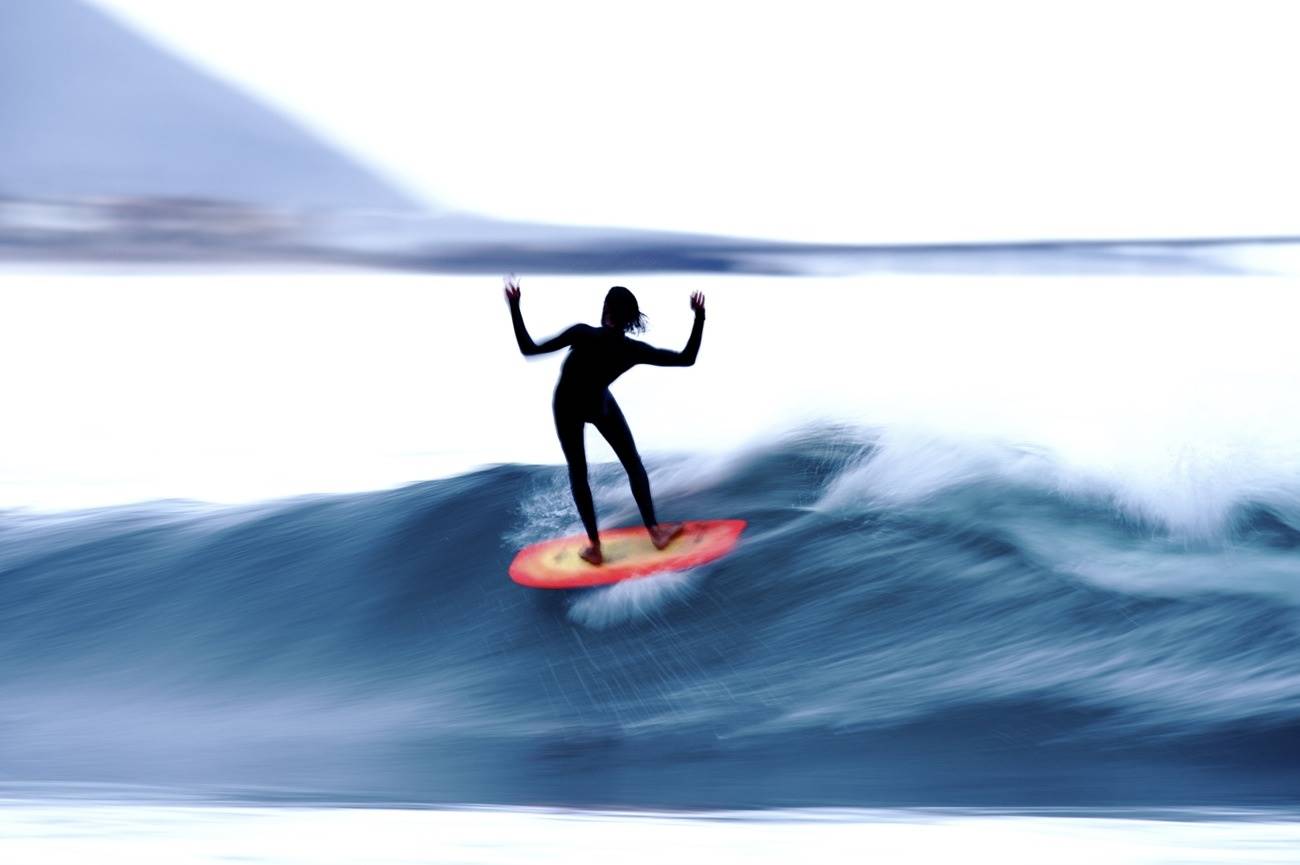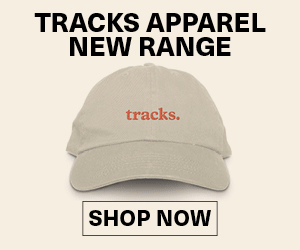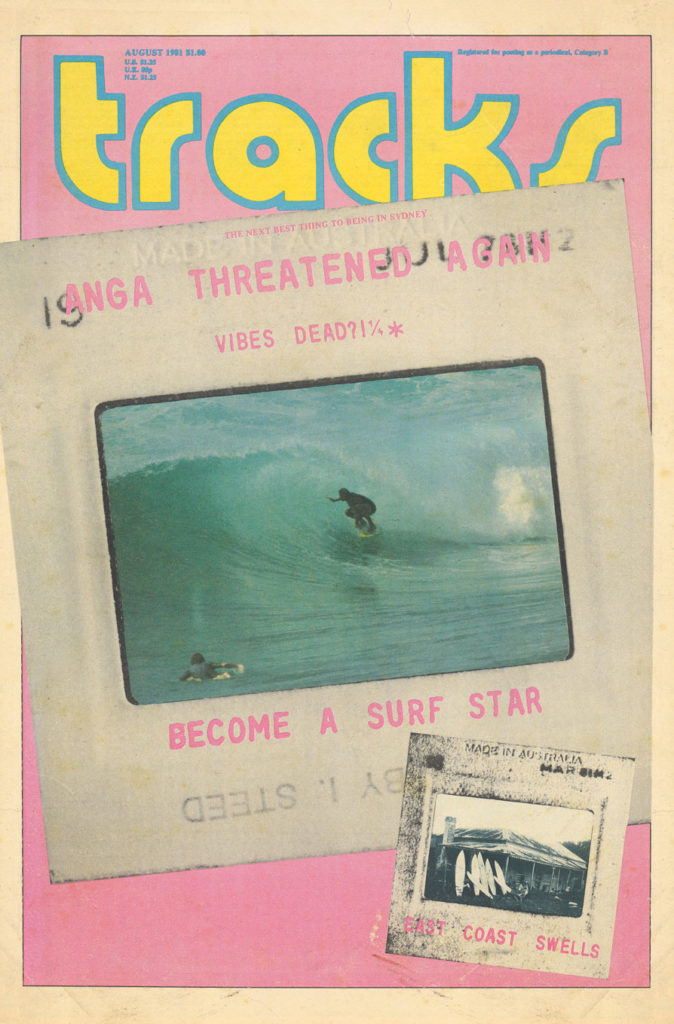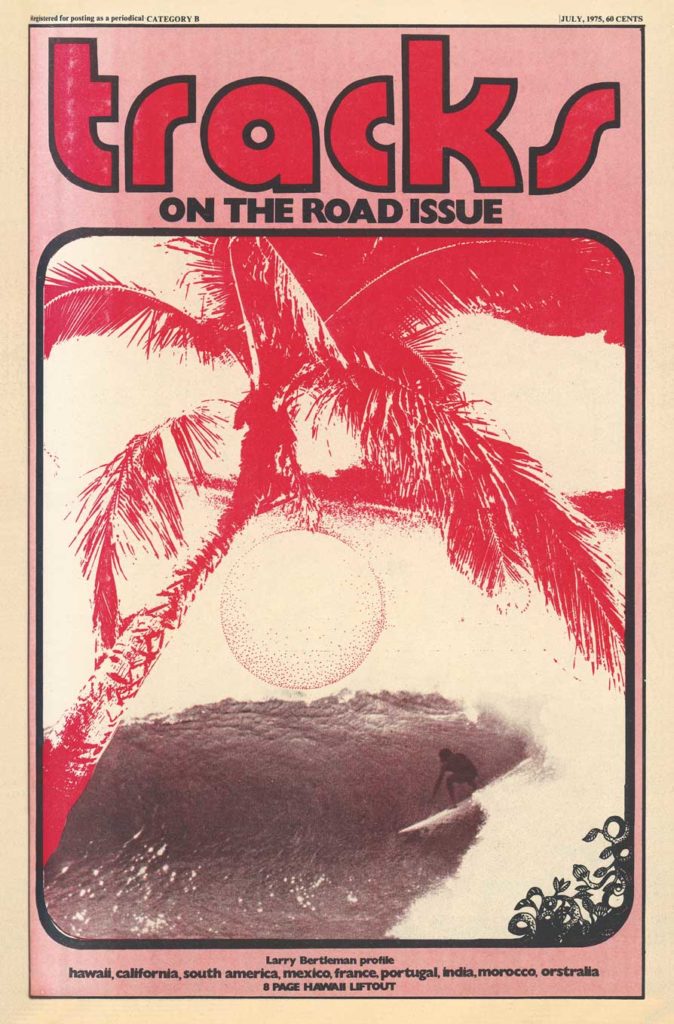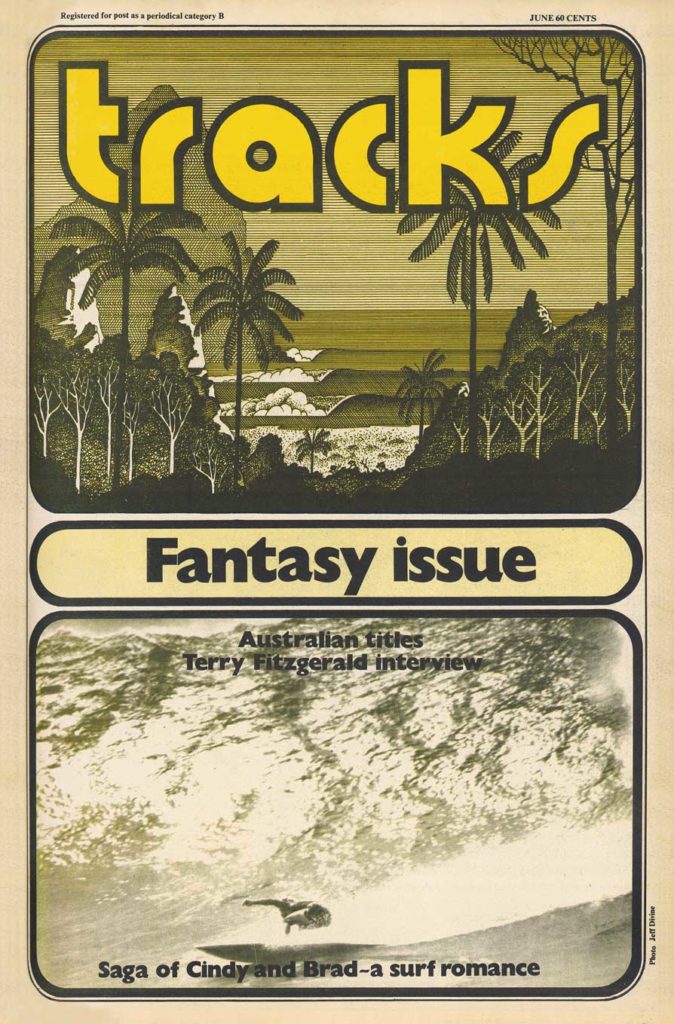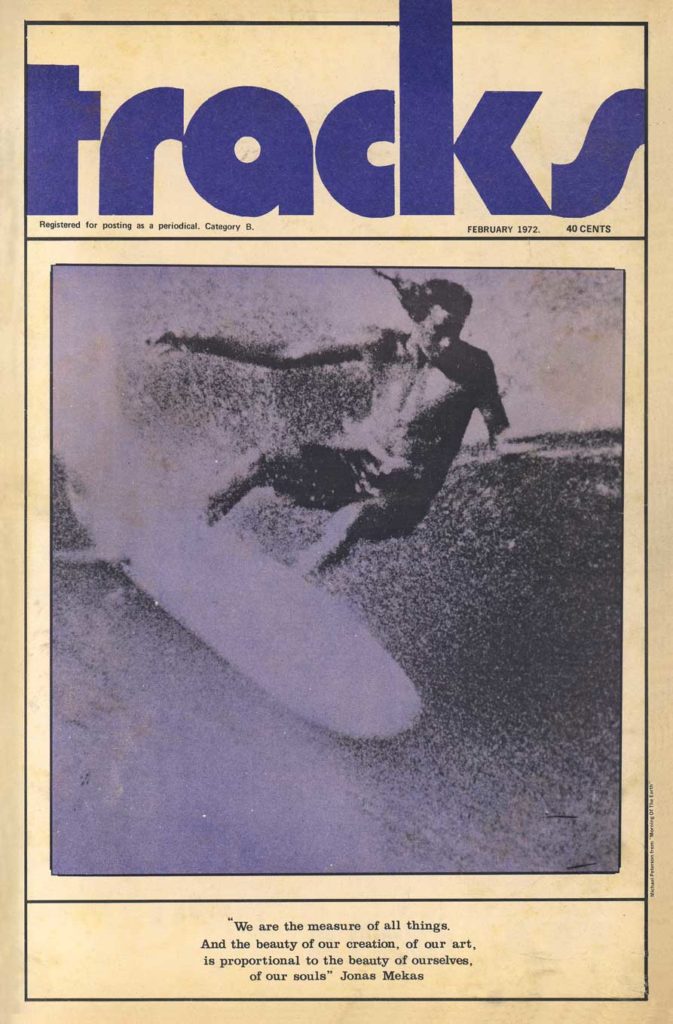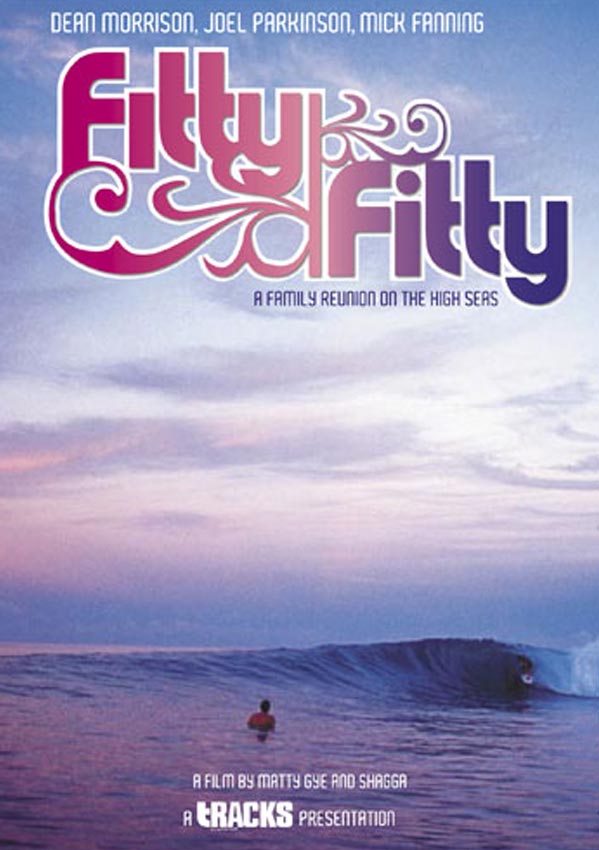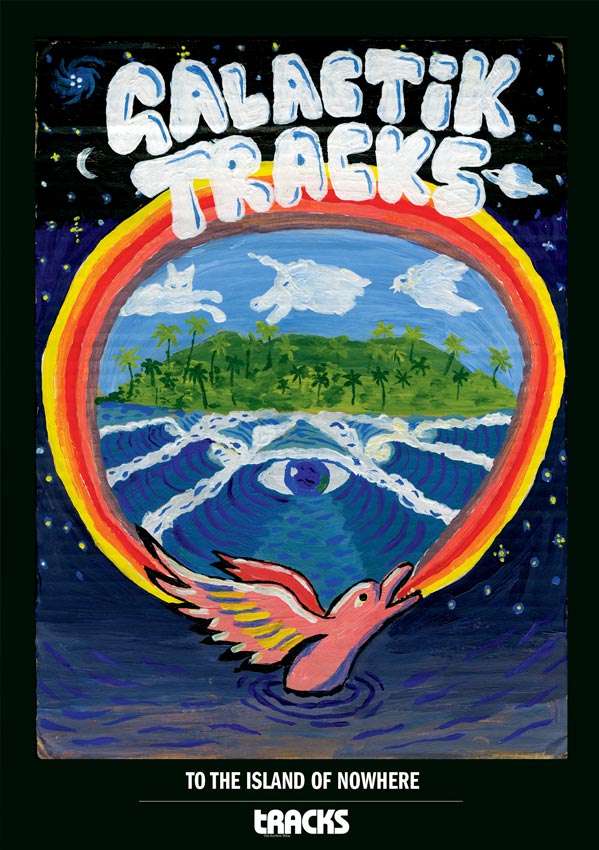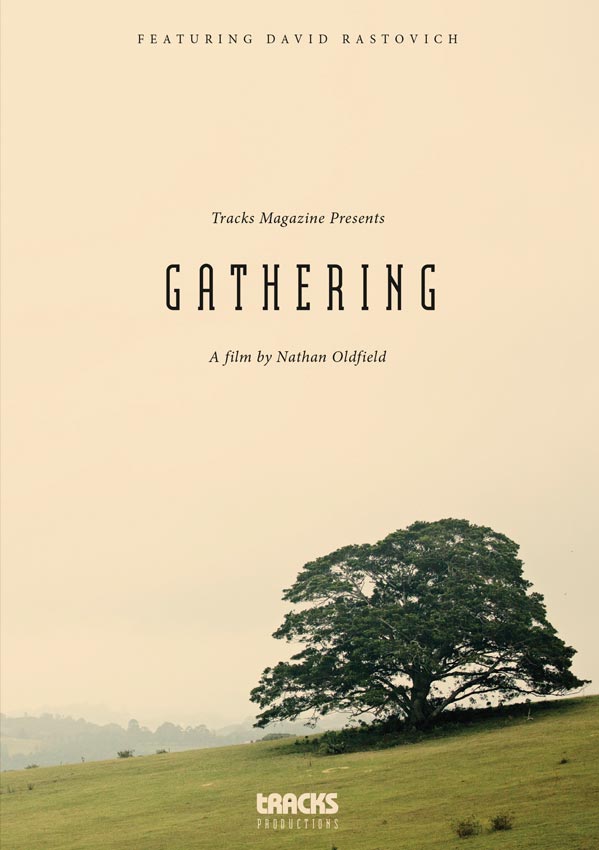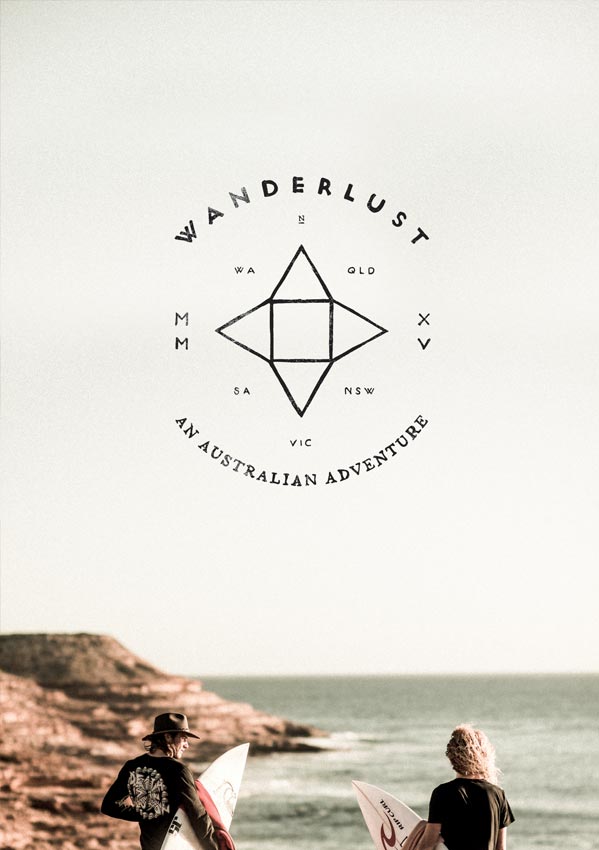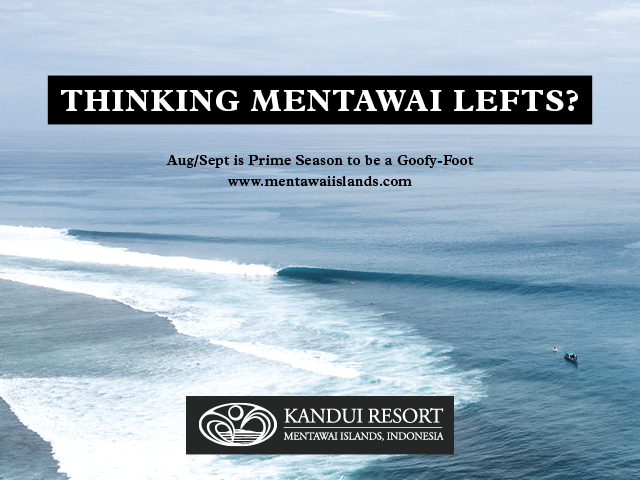By Jonah and Lily Johnson
Background:
Every Saturday a fairly predictable pattern unfolds at our house. It begins when Dad wakes up, gazes out through his spotting scope, assesses the waves, and then proclaims which board is best suited to the day…according to him.
As his offspring, my siblings and I hope to sleep through that early dawn declaration. But, if we happen to be awakened by his banging around the kitchen, we tend to go with the design that most opposes his suggestion. When he’s “going to ride his mid,” we go short. When he picks “short” [groveler/hybrid—he doesn’t actually have a real short board], we’ll go with a performance short…unless we bother to peek through the scope ourselves, reevaluate his inaccurate assumptions, and grab a longboard.
It seems our boards of choice differ because of ability and what we want to do on the wave. While this obviously isn’t the forum to address dad’s [in]abilities–those are obvious and lie outside the scope of this inquiry–we do tend to agree about what we want from the wave. In short, a common goal we seem to share is speed.
To be clear, we agree that the speed of a longboard in a flatwater paddle is obvious and without need of formal inquiry. Our 10 year old sister paddles faster than the rest of us every time, and the reason is obvious: she’s the one always on a log. So, the point we dispute is this: how fast short boards surf relative to longboards on the “same” wave. We keep telling him that our shorter boards fit in the pocket more and so they defy the flat-water physics of longboards and therefore go faster in real waves.
In order to resolve this dispute, I’ve leveraged both my older sister and my AP Stats class to resolve the question once and for all. Our hypothesis is that short boards are actually faster when and where it matters: while riding a wave.
Methods:
Fortunately, Dad has obsessively tracked his surfing for over a year using the DawnPatrol App on his Apple Watch (he also used the Surfline App—but we have more data overall from DawnPatrol because it was available first). Presumably, dad has done this order to impress our mother. We otherwise have no idea why he would have saved all this data. That noted, we suspect mom will never bother to read about his top speed or the results of this inquiry. She is much more interested in him washing the dishes or his car–things that don’t happen because he is too busy checking his speed.
DawnPatrol uses GPS data to track waves for speed, time on, and distance surfed–plus the max/average speed per wave. We are indebted to the folks at DawnPatrol for giving us access to Dad’s data, and happily recommend the use of the App for similar or important studies such as this.
We used the data to look for significant differences in the average and top speeds, seeking a 95% confidence level in our comparisons. I used a standard T-test to assess statistical differences between groups/boards.
In all, we tested 3 categories of boards: short, mid, and long. Dad’s shortboard go-to is a 6.1 Cymatic (on rare occasions he rode a 6.1 Hypto, but we data dumped these together). For his midsize, he rides his beloved FCD Huevo Ranchero (7.6). The longboard though, that’s mine, a FCD HP Longboard 9.0. He “borrows” it on occasion.
We ran comparisons between the three board types to measure max and average speeds. In other words, we compared his shortboards (Cymatic/Hypto) against his mid (Huevo), shortboards against longboard (FCD HP Longboard), and finally Huevo against FCD HP Longboard.
In order to be as scientific as possible, we used data from 1 location over many days and swell types. That noted there were many variables we couldn’t control such as swell size or wind. We are sure one variable remained constant: dad and his down the line, no-turn style.
Results:
Top speed:
Interestingly, doing one-offs, the Huevo (mid) landed the fastest overall speed (32 MPH). It was ONCE on a big day when dad claimed it as his ‘step-up.’ He also used a different app (Surfline) that day and we, therefore, booted the data. The two Apps frankly don’t seem to have comparable data and the speeds on Surfline are consistently faster (which is really a commentary on the internal data/methodology of the Apps, and not true speed on a wave). For example, the Cymatic came in with a 1x overall fastest on the DawnPatrol app (23 MPH). Dad claims he remembers how he caught a steep wall at the end of a long run and the wave “doubled up and spit him out” [our wave doesn’t barrel or spit]. So much for the anecdotal non-scientific stuff.
Average speed:
Overall though, as dad predicted, the longer the board, the faster the ride [he’s more of a theoretical physicist than an actual numbers or detail guy]. The FCD HP Longboard came in with an average top speed of 5.08 m/s, the Huevo at 4.85 m/s, and the short boards at 4.60 m/s. After statistical analysis it’s super clear that the longboards win for speed, no questions asked.
Average speed: Again, in terms of the average speed on the wave, the longboards came out on top. The FCD Longboard had an average speed of 4.38 m/s, the Huevo 4.17 m/s, and the short boards 3.96 m/s.
- Comparing the shortboard vs longboard:
- For top speed, a p-value of 1.19 x10^-6 was calculated, meaning that there is a significant difference in the avg top speeds and the longboard was faster
- For avg speed, p-val of 1.82E-5 calculated, again, proving significance and the longboard was on average faster
- Shortboard vs huevo
- Avg speed: p-val of 4.32E-6, significance, huevo faster
- Top speed: p-val of 5.84E-5, significance, huevo faster
- Huevo vs longboard
- Avg speed: p-val of 0.0133, depending if you use 95% or 99% confidence, significance could or could not be there (longboard faster tho)
- Top speed: p-val of 0.041, again, depends on confidence level (longboard faster though)
Discussion:
As you can see, the overall physics are basically indisputable. Longer boards are faster. End of debate. So, point for dad…if that is what you think you want out of surfing. That noted, there are still many reasons you might not want to grab the board Dad recommends.
For example, does this mean longboards are superior? Yeah, no. There are obviously other reasons thoughtful people think shortboards ride faster. With a year (plus!) of high school physics under my belt, I think I’ve solved the mystery: The rush of speed we feel is not entirely due to our speed, but rather the feeling of acceleration. Because shortboards are lighter and used to catch steeper waves, their instantaneous acceleration is higher during the initial drop. However, after that first burst of acceleration, you likely won’t be going much faster without adding more energy from pumping (more on this later).
Alternatively, a long board accelerates more slowly over a longer period of time, and for the same reason it paddles faster, it will eventually rack up speed down the line. Basically, the speed I feel on a short board is the perception of acceleration rather than overall speed, which is far less than his actual Huevo speed relative to the reef below. Of course my thinking could be totally wrong since I’m just a 17 year old punk, but it seems to make sense.
In the end, surfing is about the perceived experience. We like short boards because they are maneuverable. Disregarding the overall values (because they are so close anyway), what matters is what we feel when surfing. Remember that velocity is the speed in one direction, acceleration is the change in speed. One thing we don’t have is the acceleration data. It is very likely that the “drop” acceleration that most surfers seek is much higher on a shortboard than a longboard. Footnote Dad: he sits way out there trying to catch deep when it makes more sense to just catch from inside and under the lip… then note the obvious difference in acceleration between the gradual glide in vs the drop of a shortboard.
On top of that, another thing we like about surfing is the sensation of turning. Perhaps that’s why longboards seem so slow: they don’t really turn because of that swing weight of the giane front end. That’s why we call them logs. The deceleration/acceleration of turning almost surely adds to our perception that short boards are actually faster than longboards.
Might there be errors in our study? Yes and plenty. If you have used these watch based Apps, you will know they are often spotty. An off-the-cuff estimate is that they miss about 30% of waves. Which waves might they be most likely to miss? Because they use GPS, it seems reasonable to assume that they might miss the fastest/biggest waves (where one might be clawing their way over the lip with one’s wrist under water).
Plus, in full disclosure, I self-studied the AP stats exam. I passed with a great score, but I know there are Cali PhD surfers. I’m guessing they can do a better job. Haters can hate, but the data stand until a better study is done.
Other errors exist in this study, the main one being lack of data and lack of controlled waves–because waves are different from day to day. Plus, we only used three boards, so we can’t really generalize to the nuances of varied board design. Also, we typically base our board choice on the surf that day, and the level of surf could determine the speed of the wave. On top of that, dad is always changing his fins around to see if he notices a difference. He doesn’t because he doesn’t turn. But fin selection probably affects speed in some waves. So lots of errors. More study is needed.
What about turning? If the DawnPatrol app just measures speed/distance, won’t a nice cut-back slow down the measurement of overall speed? In short, yes. And that’s where we are confident in our data because: dad. He’s a down the line kind of guy. He counts a weak pump as a ‘turn’ and actual falls as a ‘nice cut-backs.’ So basically, we are confident our data at least serve as solid measurements of average speed between points A and B.
And then there’s pumping, how do you account for the speed you can generate on a shortboard? Well, let’s be clear. Dad doesn’t pump, especially not for speed. Again, he is a pure, down-the-line sort of surfer. He’s lucky to pull off a cut-back or floater. The reality is, our study totally neglects the speed that can be generated while pumping a shortboard.
In some ways is a strength of the study: dad doesn’t change and science is about comparing things while eliminating variables. That noted, the same consistency is also a weakness because it may not be a good comparison to how real surfers ride shortboards. It is very possible that pumping a short board is faster than coasting on a longboard. Such remains to be determined with further study with a surfer who can pump a board.
Our objective was to keep the control as steady as possible (dad=invariable) and as such, this was a good comparison of boards in their native state. So this all says nothing of the function of these boards under a surfer who knows how to maximize their design. Suffice it to say, this is going to require more study on our part. We would appreciate it if Kelly Slater would invite our family to his wave pool so we could study this in a more controlled setting.
Conclusion:
No experiment is ever definitive, and this analysis can definitely be improved with more study (that’s what scientists always say). Perhaps in the future we can uncover design and speed improvements by studying different boards and fins in wave pools. For now, our data shows an “expected” correlation between longer boards and speed [dad], and that’s all we were really testing [weakly]. We don’t think that matters though. What it comes down to is the perceived sensation as enjoyed by the rider–on a short board–because that’s where dad’s science breaks down.
References wherein others also worry about the speed of surfboards:

